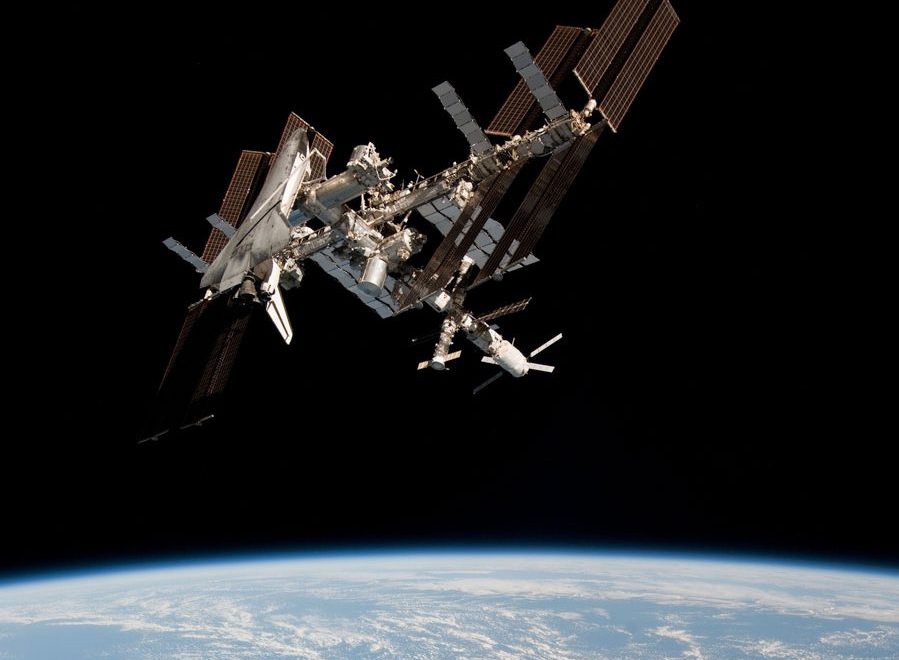MAPLETON – A rocket will launch experiments to astronauts on the International Space Station (ISS) next June, and one of those experiments will be designed by students from the Upper Grand District School Board (UGDSB).
About 100 students in Grades 5 to 8 at Maryborough Public School in Moorefield and Alma Public School, and 200 students from Guelph Lake and Rickson Ridge public schools in Guelph are participating in the Student Spaceflight Experiments Program (SSEP).
The program involves students designing microgravity experiments covering a range of scientific disciplines including biology, physics, chemistry and environmental science.
The students submit detailed experiment proposals to expert judges and will experience a formal proposal review and a NASA flight safety review.
The judges will select one experiment designed by UGDSB students to be included onboard a ferry flight to the ISS, launched from NASA’s Kennedy Space Centre on a SpaceX rocket.
Mapleton students designed two experiment proposals on the effects of microgravity on:
- the germination and growth of seeds and small organisms; and
- food’s flavour, texture or shelf life.
“By conducting experiments in microgravity, students are not only learning about the scientific process but also contributing to the broader understanding of how space conditions impact living organisms and food, which is valuable for space exploration and research,” said UGDSB science, technology, engineering and math (STEM) lead Charles Benyair.
Participating in the SSEP gives students an opportunity to engage in authentic scientific inquiry, fosters an interest in STEM fields, encourages teamwork and critical thinking, and provides “a real-word connection to space science,” Benyair stated in an email to the Advertiser.
The selected experiment proposals will be announced by Dec. 15, undergo preparation and refinement for space conditions, and then be launched to the ISS next June.
The experiments will spend four to six weeks onboard the ISS and then return to Earth for harvesting and analysis.
The SSEP was launched in 2010 by the National Centre for Earth and Space Science Education (NCESSE) and the Arthur C. Clarke Institute for Space Education.
There have been 19 SSEP flight opportunities thus far, involving 343 student experiments and 147,660 students from Canada, Ukraine, Brazil and the U.S.
“The program is designed to inspire and engage the next generation of scientists and engineers by providing each participating community their own very real space program,” states a press release from the NCESSE.
The proposal process mirrors how professional research is done, the release continues, and “SSEP is about a commitment to student ownership in exploration, to science as a journey, and to the joys of learning.”
“The UGDSB is making waves in the world of education by participating in the renowned [SSEP],” said UGDSB director Peter Sovran during the a board meeting on Oct. 24.
He said the students “eagerly embraced this incredible opportunity to conduct experiments destined for outer space [and] have been working at great lengths to create experiment proposals that will engage astronauts aboard the International Space Station.”
For more information visit ssep.ncesse.org.




